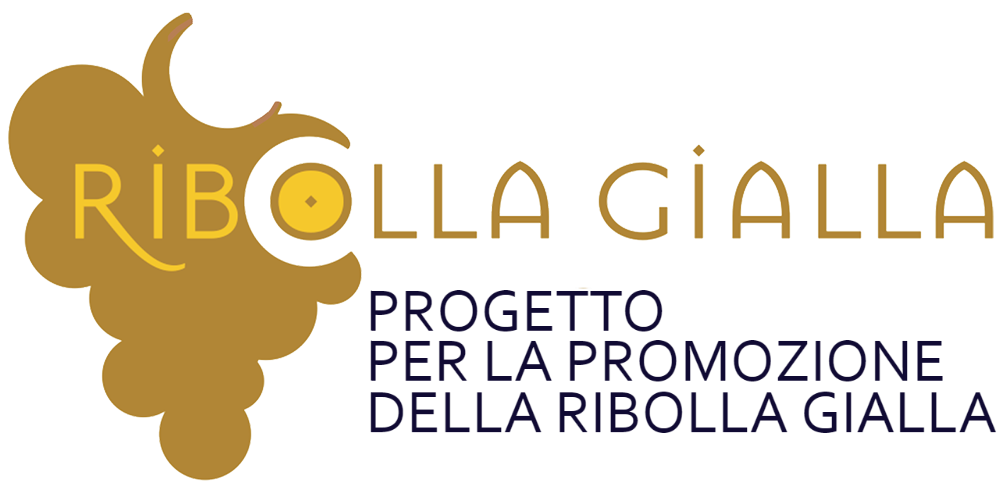FRIULI VENEZIA GIULIA– Typical products
Typical products
Here are the descriptions, the stories, the anecdotes related to those products that in the region can boast the Protected Designation of Origin or the Typical Geographical Indication, synonymous with the combination of excellent quality and strong rooting in the territory. Without forgetting that behind these stories, of which the reader will find extensive literature on the Net if he wishes to deepen some aspects, there are producers passionate and convinced of the great potential of the raw material.
Prosciutto di San Daniele D.O.P.
In Prosciutto di San Daniele it is possible to grasp everything that can be asked of human intelligence to preserve and develop the quality of life: a deep bond with the territory.
San Daniele is not only a ham, but also a country. A magical place one step away from the Pre-Alps, lapped by the waters of the Tagliamento river. It is exactly here, in Friuli, that the ham has found the environment and the ideal microclimate to become an excellence of Italian enogastronomy recognized and appreciated all over the world. In synergy with the regulation for the “designation of origin”, San Daniele ham is signed by an easily recognizable trademark applied at the end of the production process, under the strict supervision of the Consortium. The mark indicates that all the obligations and practices required by law have been observed to guarantee the quality of the ham and the procedures used for its production. The ancient techniques of preservation and seasoning have become part of a modern production process, without however major changes: the work remains “around” the ham and not “on” it: technology and innovation have not altered but have been used to optimize production processes by making the work of man less tiring, maintaining the processes that contributed to the birth of San Daniele ham unaltered. San Daniele ham is a PDO legally recognized in Italy since the 60s.
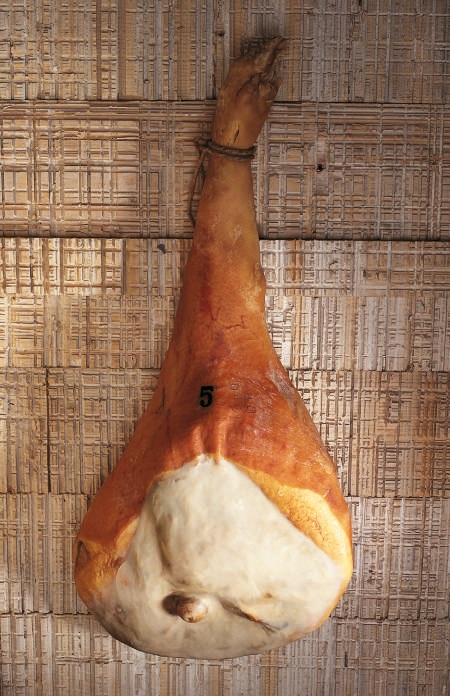
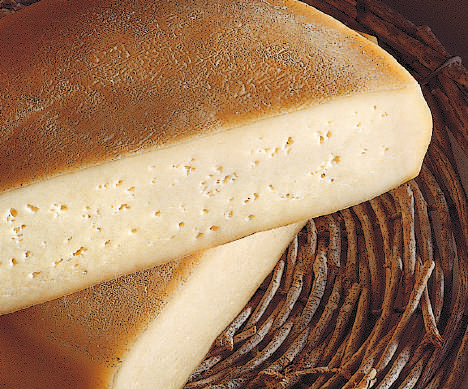
Montasio cheese D.O.P.
The mountain and its pastures have always been the ideal place to make cheese. And the plateau of Montasio, in the upper part of Friuli on the border with Slovenia and Austria, is one of the best pastures in the region for its size of more than 1000 hectares at an altitude of 1500 meters and for the its particularly favorable microclimate. A cheese called Montasio makes its first appearance in a price list that has its roots in 1773: it was the one with the highest cost for a cheese.
Montasio is synonymous with Friuli. Pastoralism was one of the main activities of every farming community. The cheese maker was one of the most important people in the country. Dairies (called socials or turnarie, because the people involved worked in this way) were the watershed between the production of cheese for domestic use and that necessary for the market. The first of these dairies was born in Carnia. The idea was very successful: at the end of the nineteenth century there were 200 dairies operating in Friuli, in the 50s there were 600 and their best cheese was called simply dairy, a name still used in Friuli. The Montasio cheese obtained the PDO in 1996. The process includes all three stages of maturation: Montasio young, semi-seasoned, seasoned.
Smoked hams and sausages
Prosciutto di Sauris I.G.P. and the products classified as Smoked hams alla cacciatora D.O.P.
It is in Carnia, in the Municipality of Sauris, that the oldest and most significant production of smoked sausages is handed down. In this mountain basin in the western part of the Carnic Alps, at a height of more than 900 m.s.l.m., the favorable microclimate and the particular seasoning techniques have given life to dream products. In the thirteenth century people from Carinthia and the Tyrol settled in this valley, influencing its customs and habits; in fact it is due to them the technique of smoking salami and sausages which, together with the Latin art of preserving meat through salt, allowed the Saurians to make excellent products. The Sauris IGP Ham is one of these: recognizable thanks to its particular delicate scent and sweet taste with a gentle smoky note. But the smoking technique is a widespread patrimony of the entire Friulian mountain, from Carnia to the Tarvisio. In particular, Carnia is the land of smoked salami (salamp fumat), to which Enemonzo dedicates a party in spring, with tasting and ad award for the best salami. Other products of Norcina art are also subjected to the same procedure: the guanciale (sbarbot, in the Friulian language), the cotechino (musèt), the sausage (luianie). The smoking phase of differentiated duration depending on the type of products, from a few hours to 3-4 days, consists of the exposure of products to smoke produced by the slow but constant combustion of only wood (usually beech) in special fireplaces. A separate mention deserves the Schultar fumàt, a typical product of the upper valley of the But, of clear Germanic origins. This is the shoulder of the boneless pork with the rind, salted, peppery and smoked. It is consumed, after being steamed, as a traditional dish of the Easter period.
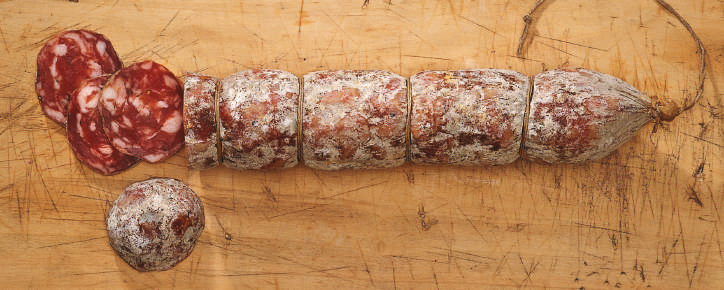
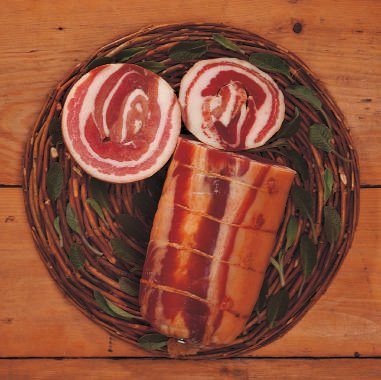
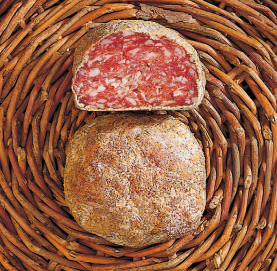
Pitina I.G.P.
The Valleys of Pordenone (more precisely Val Tramontina, Valcellina, Val Colvera) proudly preserve a small treasure of the gastronomy of the past: the Pitina (also called depending on the valley, Peta, Petina or Petuccia). A unique product, for which there are no terms of comparison. To explain it, we must resort to the example of the classic “meatball”, even if its size is a bit larger. The Pitina is made of lean game meat (back in the days, today often of sheep or mutton) minced and mixed with a salt, pepper, tanning wild fennel or other herbs, which is passed into the shape of a meatball, passed into corn flour (polenta) and then smoked; once in the fireplace of the house (the fogher or fogolar), today in special smokehouses where they remain 3-4 days. The “pitine” were once the “reserve” of meat, a way to make last even for months, the luck of a well settled rifle shot (often the raw material came from poaching) or the misfortune of a beast – goat or sheep – that had to be slaughtered after it had been wounded by falling off a cliff. Today the pitina is a delicacy sought by gourmets; consumed raw, thinly sliced, or cooked in the traditional dish that sees it accompanied by the inevitable polenta.
The Brovada D.O.P.
The term Brovada indicates a typical product of Friuli Venezia Giulia based on turnips fermented in the marc. La Brovada is a distant relative of sauerkraut, the traditional sour cabbage of Central European cuisine. The sauerkraut are first grated, then put to ferment in brine (water and salt); turnips from Brovada, instead, are put whole in vats, alternating with layers of red grape marc (with the addition of water, a little vinegar and salt) where they remain to ferment for at least 30 days. They are then removed from the vats, washed and cut into strips, ready to be cooked and eaten in one of the classic dishes of the Friulian cuisine, “muset (cotechino) and brovade”. The history of Brovada has ancient origins: the term “brovada” seems to derive from the Lombard root “breowan” which means to boil. The turnip in Friuli Venezia Giulia represented the nourishment of the poorest who, having the need to preserve it for a long time to eat it during the winter, devised this method of conservation. Today, the Brovada is a PDO (protected designation of origin) probably unique in Europe not to have a geographical indication after the name: in the term “Brovada” the territory, history and production process are already enclosed and this make it a unique product. special.
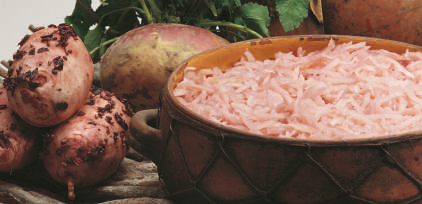
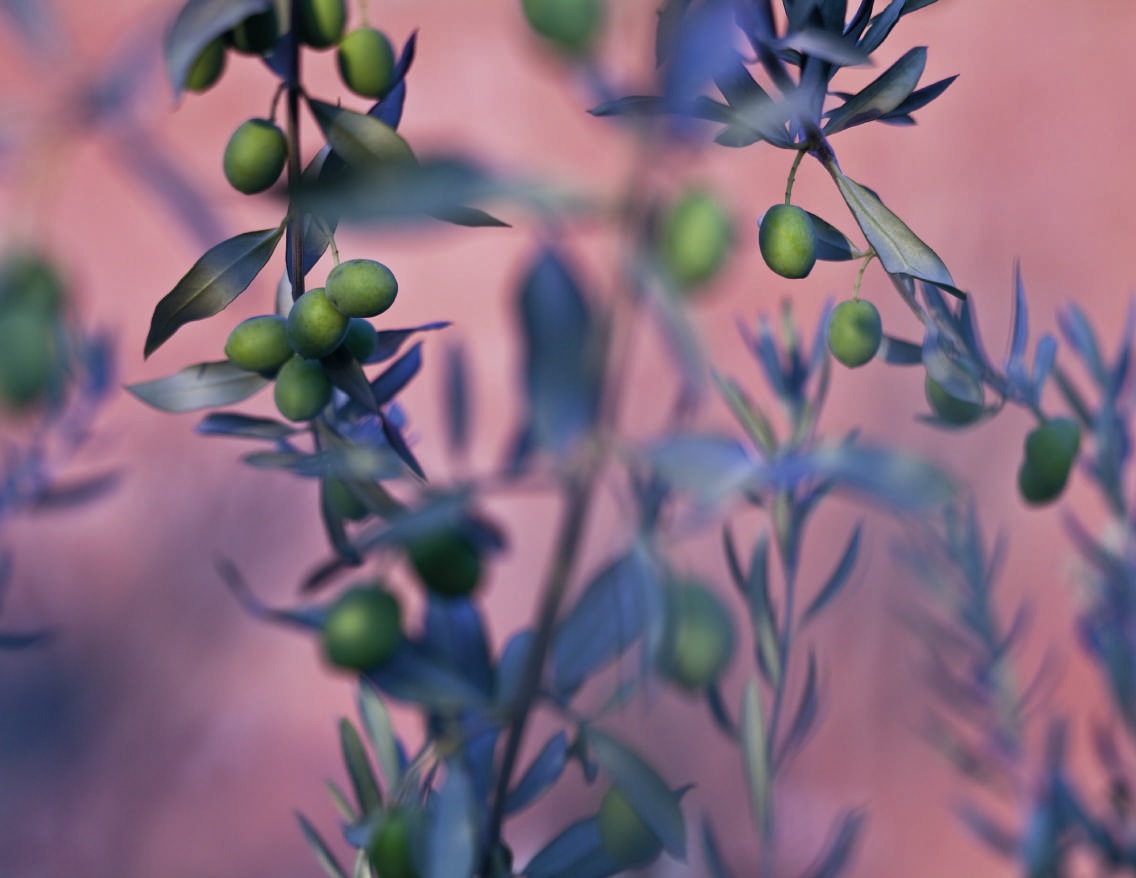
Tergeste Olive oil D.O.P.
Do not be surprised if you hear about the olive oil of Friuli Venezia Giulia, and that of Trieste in particular. The oil trade already thrived in Aquileia. – an emporium of the imperial age of Rome – and Istria, a little further south of the Aquileia area, was the reference area from which the largest quantities came. The consultation that the olive oil of Friuli Venezia Giulia is the most northerly among those of the whole of Europe is only a confirmation that the happy exposure of the territory facing the Adriatic allows obtaining products of great value. Let’s not forget that for centuries Friuli was the South of an empire – the Austro-Hungarian one – where no oil (and very little wine) was produced. Thanks to the favorable climate, to the soil composed of Eocene marl and to the well-ventilated territory in the valleys that open towards the sea, in these areas the olive tree is an integral part of the landscape, defining it and characterizing it. Its production is mainly at the family level, although in the last few years new 400 hectares have been planted and the number of producers is constantly increasing. Friuli Venezia Giulia’s oil is decidedly refined and of great elegance, dry, with pleasant hints of artichoke: perfect for seasoning soups and salads, steamed fish and delicate fish appetizers.
